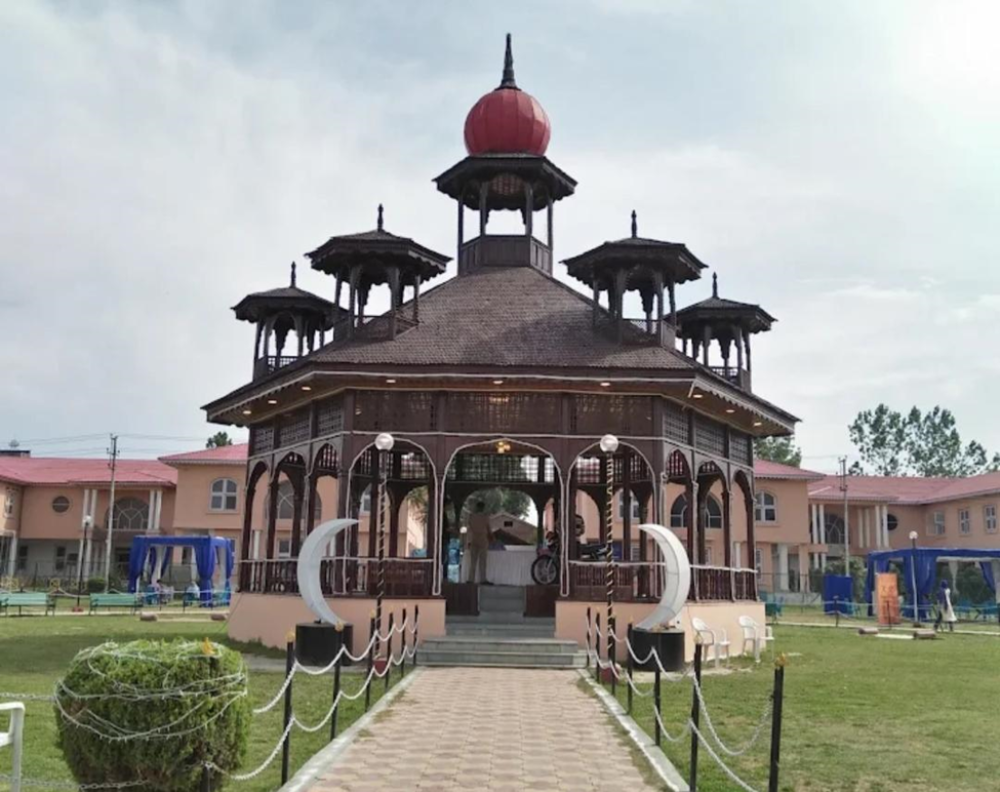

Far in the northern stretches of the incredible land of India lies Turtuk, a picturesque village in the Nubra Valley region of Ladakh. Tucked away near the Line of Control between India and Pakistan, Turtuk is a place that brims with the charm of a hidden paradise, largely undisturbed by the overwhelming currents of mainstream tourism.
The history of tourism in Turtuk, especially concerning the Balti Heritage House and Museum, is a fairly recent phenomenon, largely because the village was only opened to the public in 2010. Before this, Turtuk was shrouded in the obscurity of a sensitive border area, its beauty known only to a few. Since it opened up, the village has emerged as a cultural and historical hub with its unique Balti culture, traditions, and language that traces links back to Tibet and Central Asia.
The Balti Heritage House and Museum is a testament to the rich and vibrant history of Turtuk and its people. The museum is situated in a traditional house that is believed to be over 200 years old, providing visitors with a vivid tapestry of the local culture and lifestyle. The house itself is an exhibit, showcasing traditional architectural features characteristic of the region. It was restored and converted into a museum with the aim of conserving and promoting the unique Balti heritage.
Inside the museum, visitors can find a plethora of artifacts, traditional clothing, kitchenware, and tools that offer insights into the heritage and way of life in this secluded part of the world. The exhibits encapsulate centuries of traditions, revealing a side of Ladakh that is fundamentally different from its Tibetan Buddhist counterpart.
Responsible Tourism has been gaining traction in Turtuk, where initiatives focus on minimizing the environmental impact of tourism and preserving the local culture. Visitors are encouraged to engage with the community in a way that is respectful and enriches both the tourist and the local people.
Homestays have also become a significant trend, as they afford adventurers a more authentic experience while providing economic benefits directly to the villagers. Travelers get to immerse themselves in the daily life of the Balti people, sharing meals and stories, thus fostering a deeper understanding of the community.
Experiential Tourism is on the rise, with enthusiasts keen to explore Turtuk for its intriguing mix of natural beauty and cultural wealth. Activities like trekking, camping, and guided village walks that include interacting with locals and participating in their day-to-day activities are particularly popular.
Turtuk's Balti Heritage House and Museum is open to visitors throughout the year, although the best time to visit is from May to September when the weather is most favorable. Getting to Turtuk requires a journey through the majestic mountains of Ladakh, with the closest airport being in Leh, the capital of Ladakh. From Leh, it is a journey of about 200 kilometers, a trip that can be completed by road while soaking in the awe-inspiring landscapes of the region.
By visiting the Balti Heritage House and Museum in Turtuk, travelers not only experience the profound beauty and heritage of Ladakh but also contribute to the preservation of its unique cultures and the sustainability of its tourism industry.